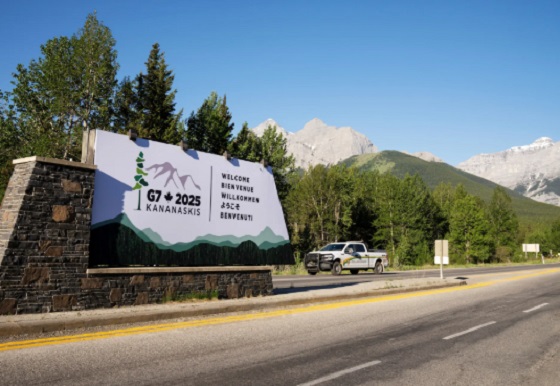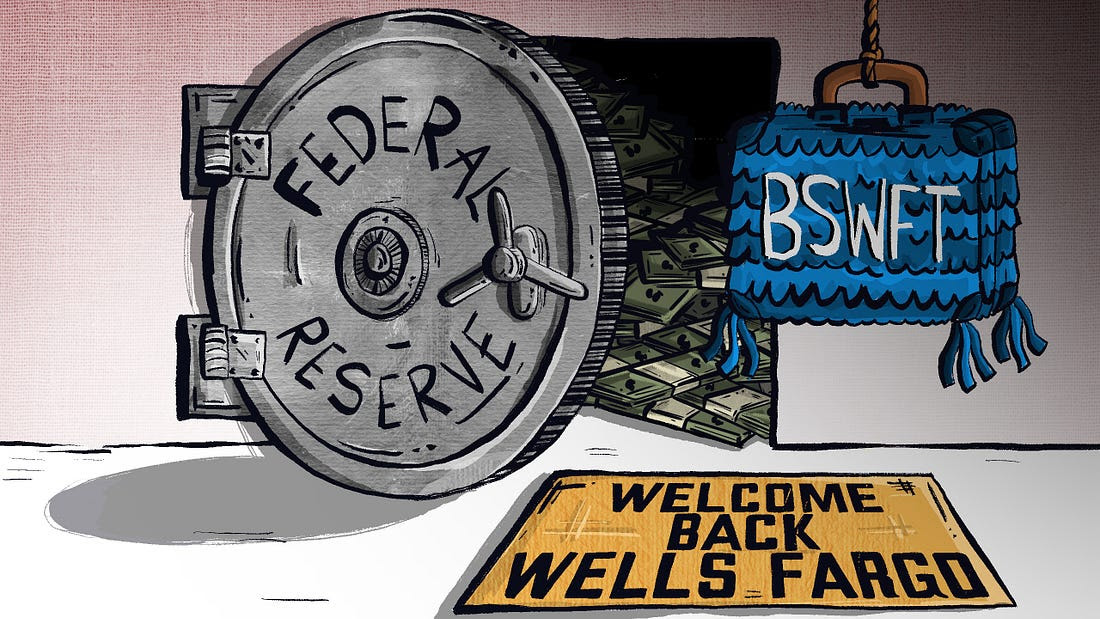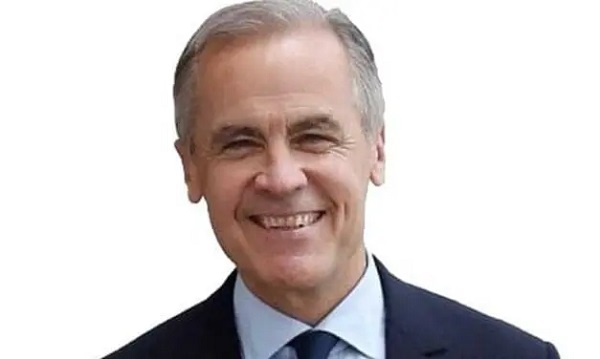Uncategorized
Spacecraft opens new year with flyby on solar system’s edge

LAUREL, Md. — NASA’s New Horizons spacecraft pulled off the most distant exploration of another world Tuesday, skimming past a tiny, icy object 4 billion miles from Earth that looks to be shaped like a bowling pin.
Flight controllers in Maryland declared success 10 hours after the high-risk, middle-of-the-night encounter at the mysterious body known as Ultima Thule on the frozen fringes of our solar system, an astounding 1 billion miles (1.6 billion
“I don’t know about all of you, but I’m really liking this 2019 thing so far,” lead scientist Alan Stern of Southwest Research Institute said to applause. “I’m here to tell you that last night, overnight, the United States spacecraft New Horizons conducted the farthest exploration in the history of humankind, and did so spectacularly.”
The close approach came a half-hour into the new year, and 3
For Ultima Thule — which wasn’t even known when New Horizons departed Earth in 2006 — the
Operating on autopilot, New Horizons was out of radio contact with controllers at Johns Hopkins University’s Applied Physics Laboratory from late Monday afternoon until late Tuesday morning. Scientists wanted the spacecraft staring down Ultima Thule and collecting data, not turning toward Earth to phone home.
Mission operations manager Alice Bowman said she was more nervous this time than she was with Pluto in 2015 because of the challenges and distance, so vast that messages take more than six hours, one way, to cross the 4 billion miles (6.4 billion
Cheers erupted in the control
Stern, Bowman and other key players soon joined their friends in the auditorium, where the celebration continued and a news conference took place. The speakers took delight in showing off the latest picture of Ultima Thule , taken just hundreds of thousands of miles before the 12:33 a.m. close approach.
“Ultima Thule is finally revealing its secrets to us,” said project scientist Hal Weaver of Johns Hopkins.
Based on the early, rudimentary images, Ultima Thule is highly elongated — about 22 miles by 9 miles (35
As for its shape, scientists say there are two possibilities.
Ultima Thule is either one object with two connected lobes, sort of like a spinning bowling pin or peanut still in the shell, or two objects orbiting surprisingly close to one another. A single body is more likely, they noted. An answer should be forthcoming Wednesday, once better, closer pictures arrive.
By week’s end, “Ultima Thule is going to be a completely different world, compared to what we’re seeing now,” Weaver noted.
Still, the best
The observations should help scientists ascertain how deep-freeze objects like Ultima Thule formed, along with the rest of the solar system, 4.5 billion years ago.
As a preserved relic from that original time, Ultima Thule also promises to shed light on the so-called Kuiper Belt, or Twilight Zone, in which hundreds of thousands of objects reside well beyond Neptune.
“This mission’s always been about delayed gratification,” Stern reminded reporters. He noted it took 12 years to sell the project, five years to build it and nine years to reach the first target, Pluto.
Its mission now
The New Horizons team is already pushing for another flyby in the 2020s, while the nuclear power and other spacecraft systems are still good.
Bowman takes comfort and pleasure in knowing that long after New Horizons stops working, it “will keep going on and on.”
“There’s a bit of all of us on that spacecraft,” she said, “and it will continue after we’re long gone here on Earth.”
___
The Associated Press Health & Science Department receives support from the Howard Hughes Medical Institute’s Department of Science Education. The AP is solely responsible for all content.
Marcia Dunn, The Associated Press
Uncategorized
Kananaskis G7 meeting the right setting for U.S. and Canada to reassert energy ties


Energy security, resilience and affordability have long been protected by a continentally integrated energy sector.
The G7 summit in Kananaskis, Alberta, offers a key platform to reassert how North American energy cooperation has made the U.S. and Canada stronger, according to a joint statement from The Heritage Foundation, the foremost American conservative think tank, and MEI, a pan-Canadian research and educational policy organization.
“Energy cooperation between Canada, Mexico and the United States is vital for the Western World’s energy security,” says Diana Furchtgott-Roth, director of the Center for Energy, Climate and Environment and the Herbert and Joyce Morgan Fellow at the Heritage Foundation, and one of America’s most prominent energy experts. “Both President Trump and Prime Minister Carney share energy as a key priority for their respective administrations.
She added, “The G7 should embrace energy abundance by cooperating and committing to a rapid expansion of energy infrastructure. Members should commit to streamlined permitting, including a one-stop shop permitting and environmental review process, to unleash the capital investment necessary to make energy abundance a reality.”
North America’s energy industry is continentally integrated, benefitting from a blend of U.S. light crude oil and Mexican and Canadian heavy crude oil that keeps the continent’s refineries running smoothly.
Each day, Canada exports 2.8 million barrels of oil to the United States.
These get refined into gasoline, diesel and other higher value-added products that furnish the U.S. market with reliable and affordable energy, as well as exported to other countries, including some 780,000 barrels per day of finished products that get exported to Canada and 1.08 million barrels per day to Mexico.
A similar situation occurs with natural gas, where Canada ships 8.7 billion cubic feet of natural gas per day to the United States through a continental network of pipelines.
This gets consumed by U.S. households, as well as transformed into liquefied natural gas products, of which the United States exports 11.5 billion cubic feet per day, mostly from ports in Louisiana, Texas and Maryland.
“The abundance and complementarity of Canada and the United States’ energy resources have made both nations more prosperous and more secure in their supply,” says Daniel Dufort, president and CEO of the MEI. “Both countries stand to reduce dependence on Chinese and Russian energy by expanding their pipeline networks – the United States to the East and Canada to the West – to supply their European and Asian allies in an increasingly turbulent world.”
Under this scenario, Europe would buy more high-value light oil from the U.S., whose domestic needs would be back-stopped by lower-priced heavy oil imports from Canada, whereas Asia would consume more LNG from Canada, diminishing China and Russia’s economic and strategic leverage over it.
* * *
The MEI is an independent public policy think tank with offices in Montreal, Ottawa, and Calgary. Through its publications, media appearances, and advisory services to policymakers, the MEI stimulates public policy debate and reforms based on sound economics and entrepreneurship.
As the nation’s largest, most broadly supported conservative research and educational institution, The Heritage Foundation has been leading the American conservative movement since our founding in 1973. The Heritage Foundation reaches more than 10 million members, advocates, and concerned Americans every day with information on critical issues facing America.
Uncategorized
Poilievre on 2025 Election Interference – Carney sill hasn’t fired Liberal MP in Chinese election interference scandal

From Conservative Party Communications
“Yes. He must be disqualified. I find it incredible that Mark Carney would allow someone to run for his party that called for a Canadian citizen to be handed over to a foreign government on a bounty, a foreign government that would almost certainly execute that Canadian citizen.
“Think about that for a second. We have a Liberal MP saying that a Canadian citizen should be handed over to a foreign dictatorship to get a bounty so that that citizen could be murdered. And Mark Carney says he should stay on as a candidate. What does that say about whether Mark Carney would protect Canadians?
“Mark Carney is deeply conflicted. Just in November, he went to Beijing and secured a quarter-billion-dollar loan for his company from a state-owned Chinese bank. He’s deeply compromised, and he will never stand up for Canada against any foreign regime. It is another reason why Mr. Carney must show us all his assets, all the money he owes, all the money that his companies owe to foreign hostile regimes. And this story might not be entirely the story of the bounty, and a Liberal MP calling for a Canadian to be handed over for execution to a foreign government might not be something that the everyday Canadian can relate to because it’s so outrageous. But I ask you this, if Mark Carney would allow his Liberal MP to make a comment like this, when would he ever protect Canada or Canadians against foreign hostility?
“He has never put Canada first, and that’s why we cannot have a fourth Liberal term. After the Lost Liberal Decade, our country is a playground for foreign interference. Our economy is weaker than ever before. Our people more divided. We need a change to put Canada first with a new government that will stand up for the security and economy of our citizens and take back control of our destiny. Let’s bring it home.”
-

 International2 days ago
International2 days agoChicago suburb purchases childhood home of Pope Leo XIV
-

 Daily Caller2 days ago
Daily Caller2 days agoBlackouts Coming If America Continues With Biden-Era Green Frenzy, Trump Admin Warns
-

 Daily Caller2 days ago
Daily Caller2 days ago‘I Know How These People Operate’: Fmr CIA Officer Calls BS On FBI’s New Epstein Intel
-

 Business1 day ago
Business1 day agoPrime minister can make good on campaign promise by reforming Canada Health Act
-

 Automotive12 hours ago
Automotive12 hours agoFederal government should swiftly axe foolish EV mandate
-

 Alberta12 hours ago
Alberta12 hours ago‘Far too serious for such uninformed, careless journalism’: Complaint filed against Globe and Mail article challenging Alberta’s gender surgery law
-

 Frontier Centre for Public Policy1 day ago
Frontier Centre for Public Policy1 day agoNew Book Warns The Decline In Marriage Comes At A High Cost
-

 Economy1 day ago
Economy1 day agoThe stars are aligning for a new pipeline to the West Coast






